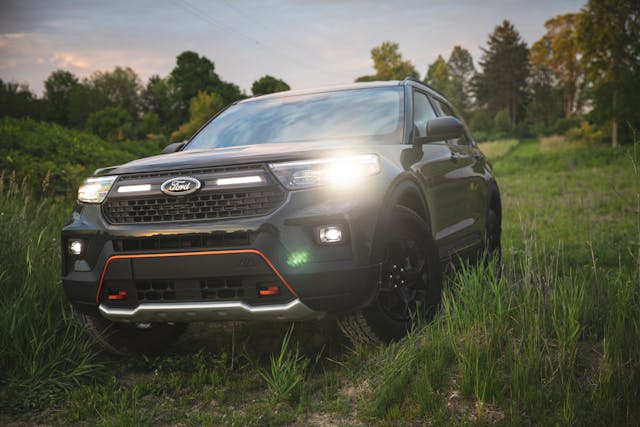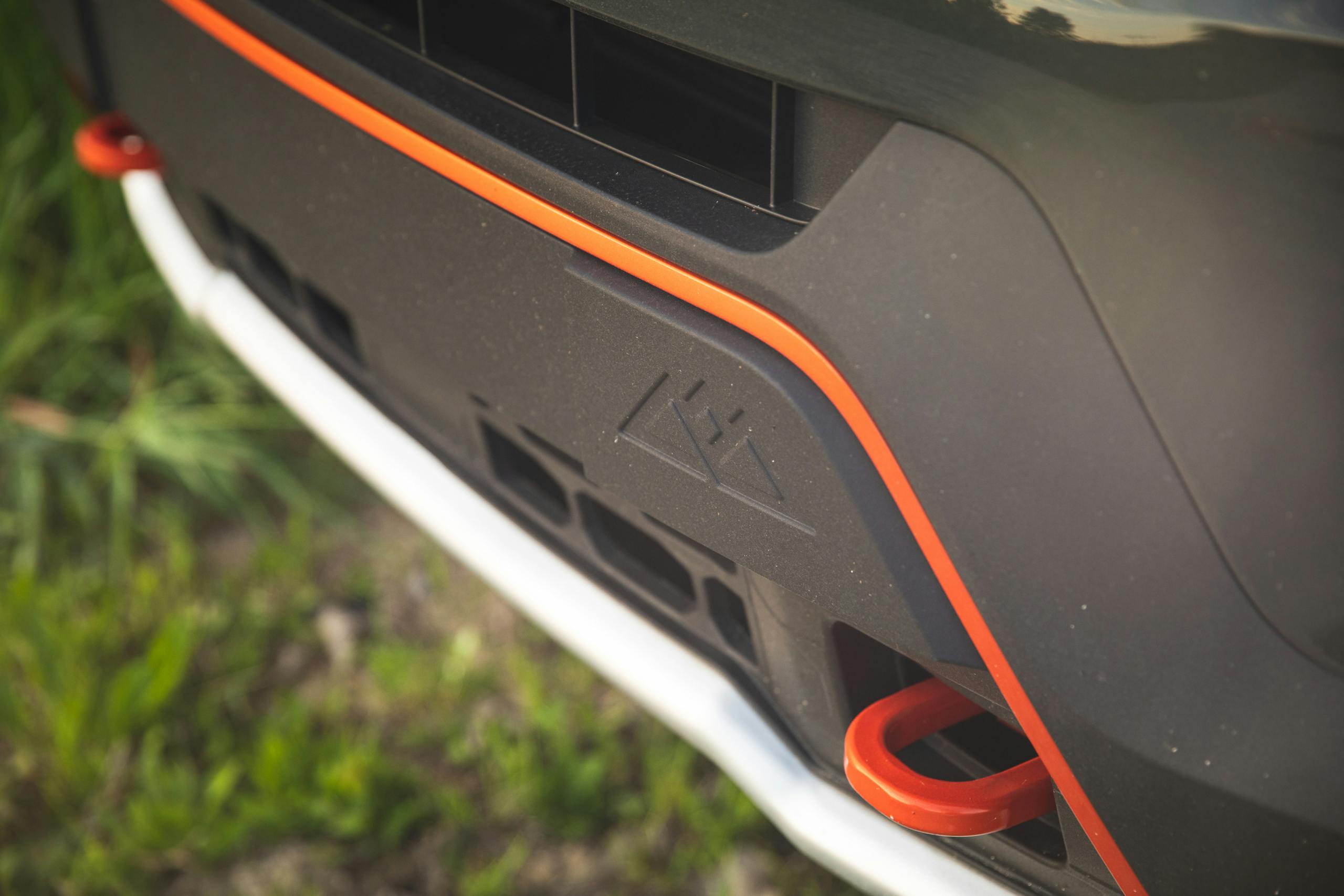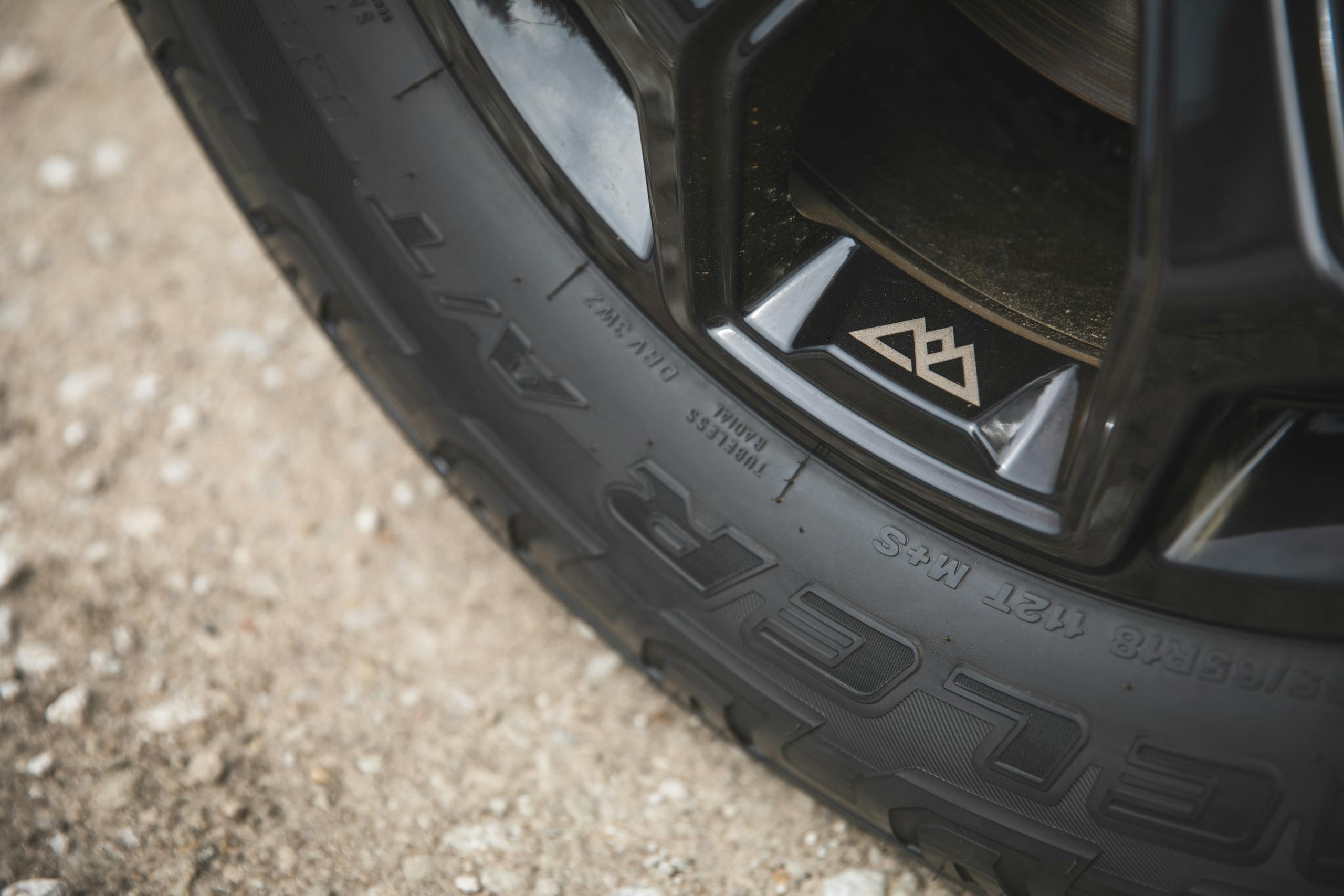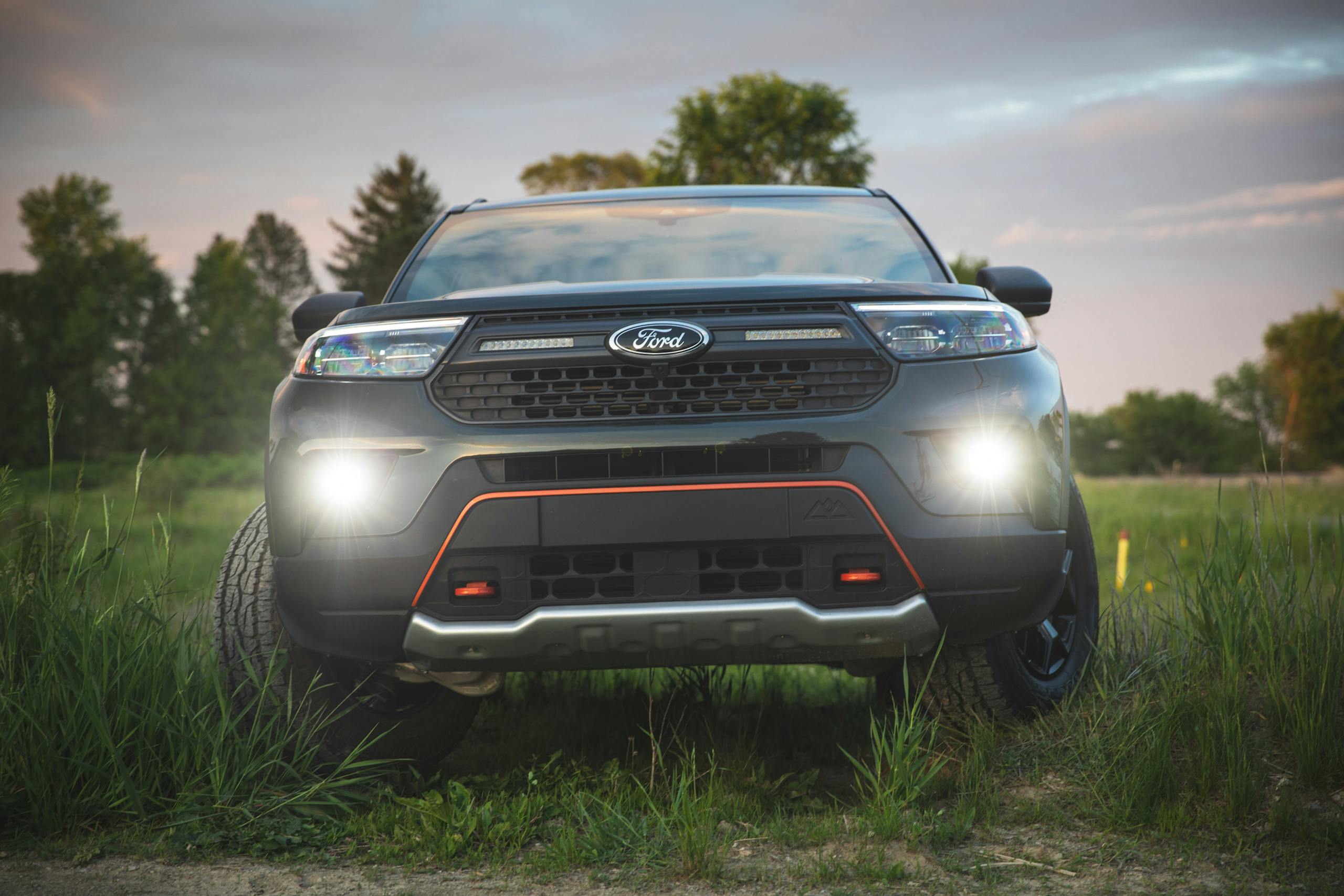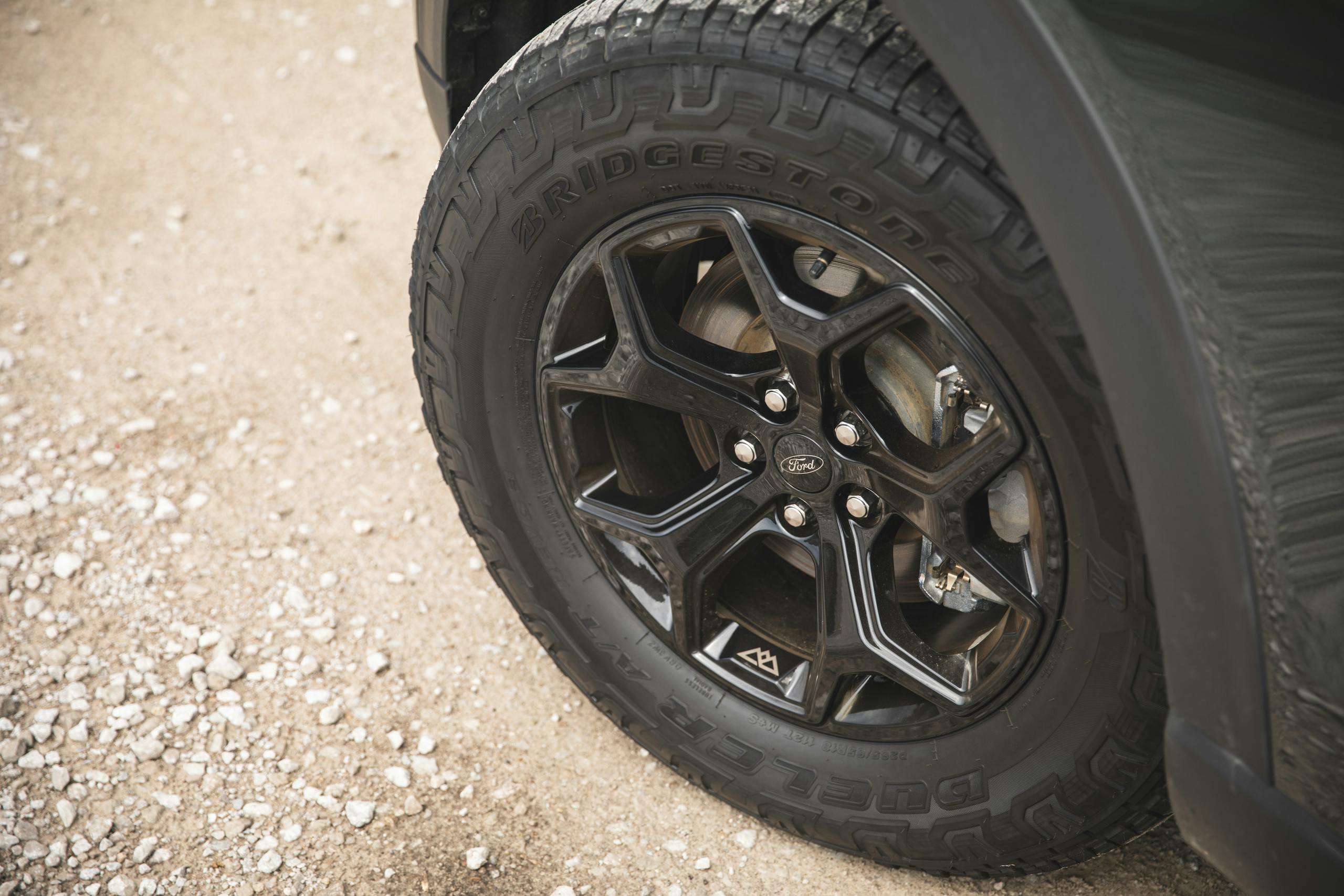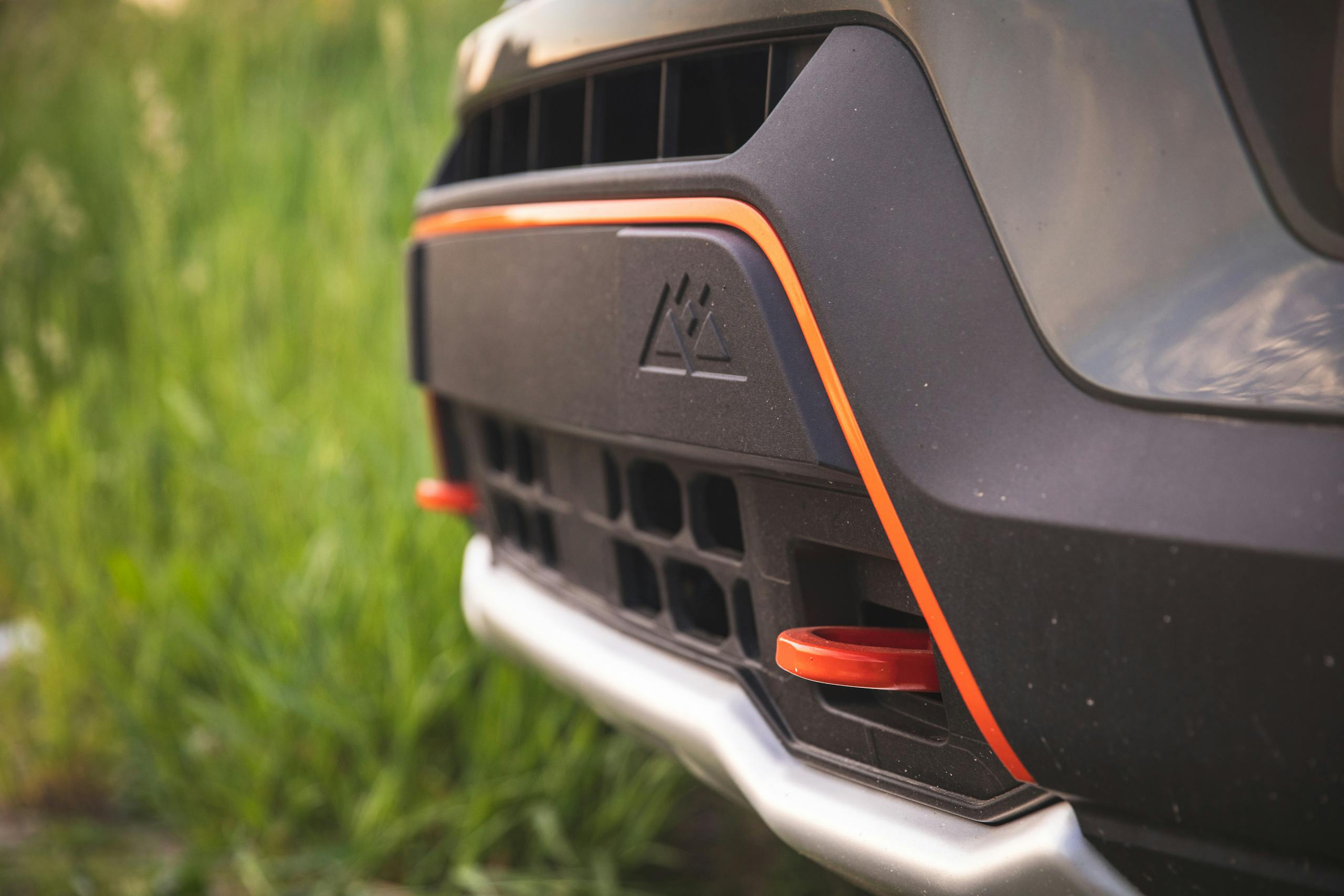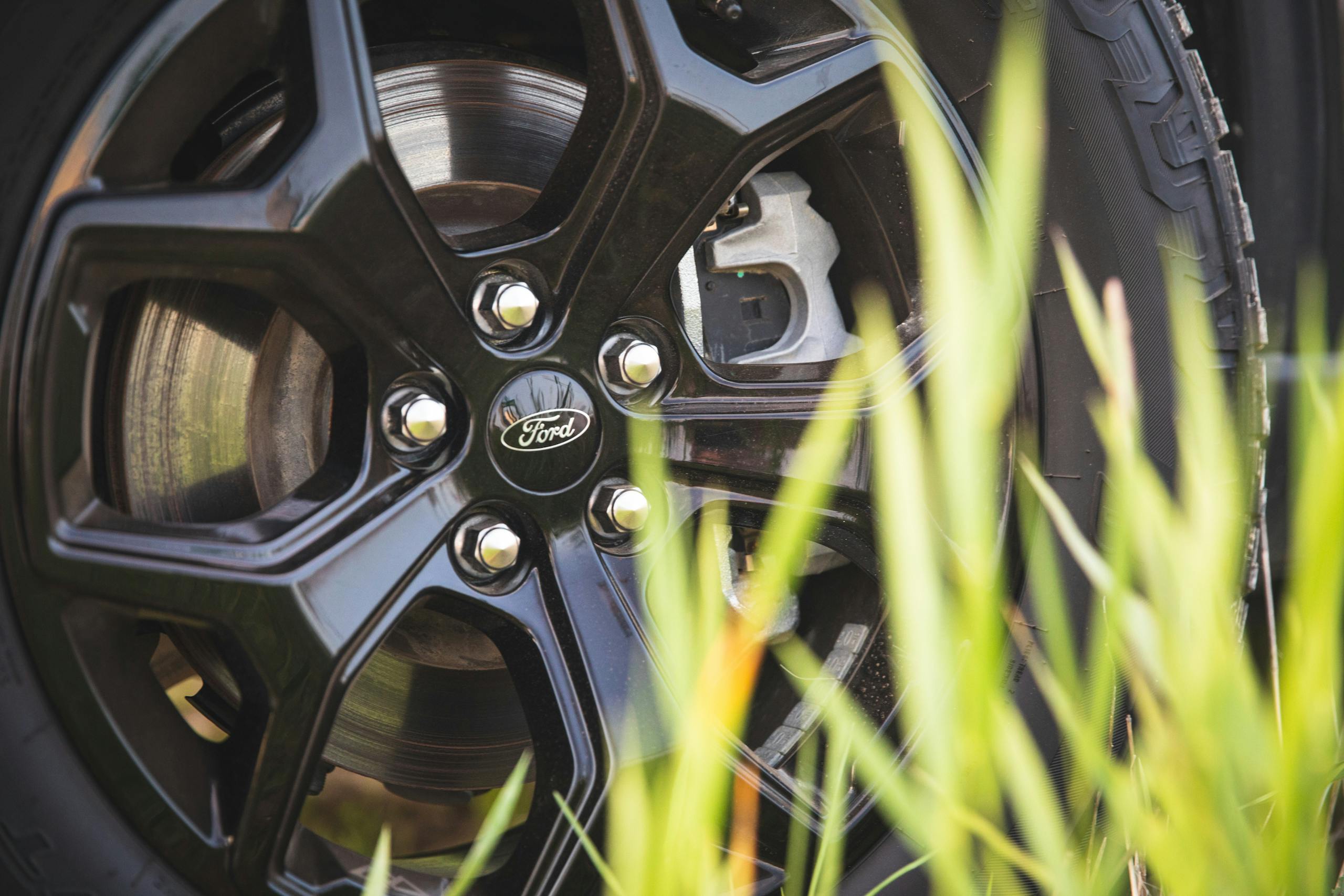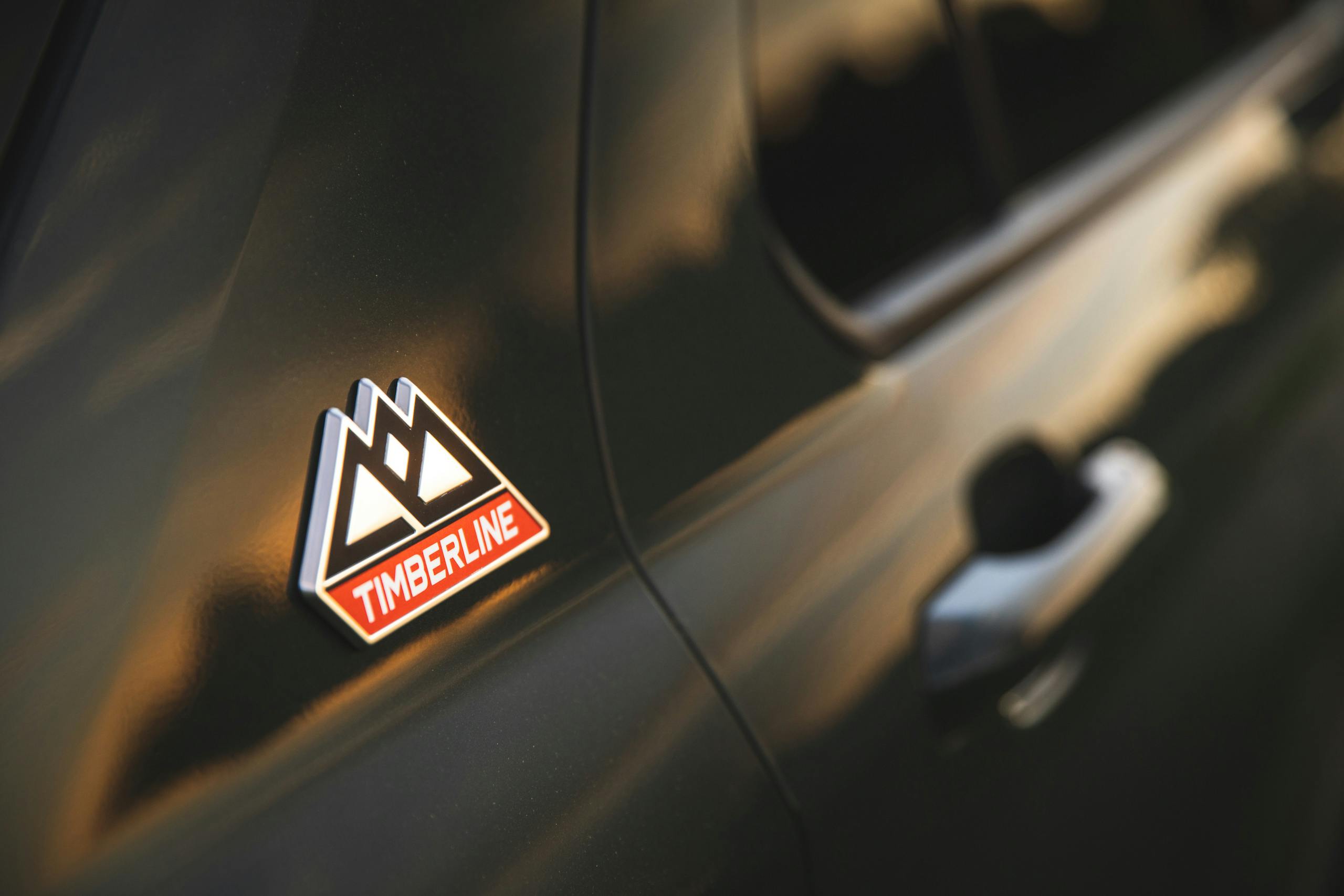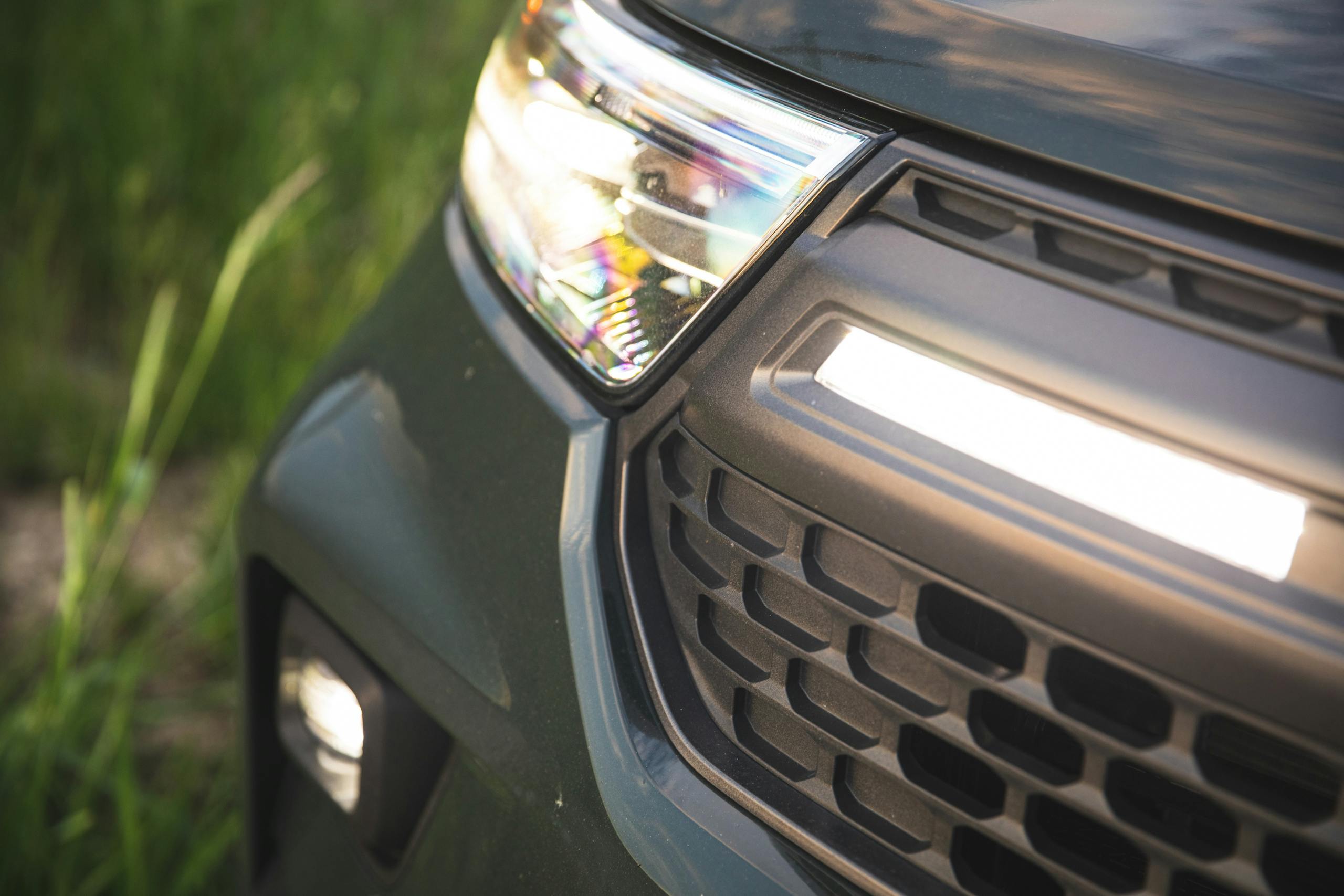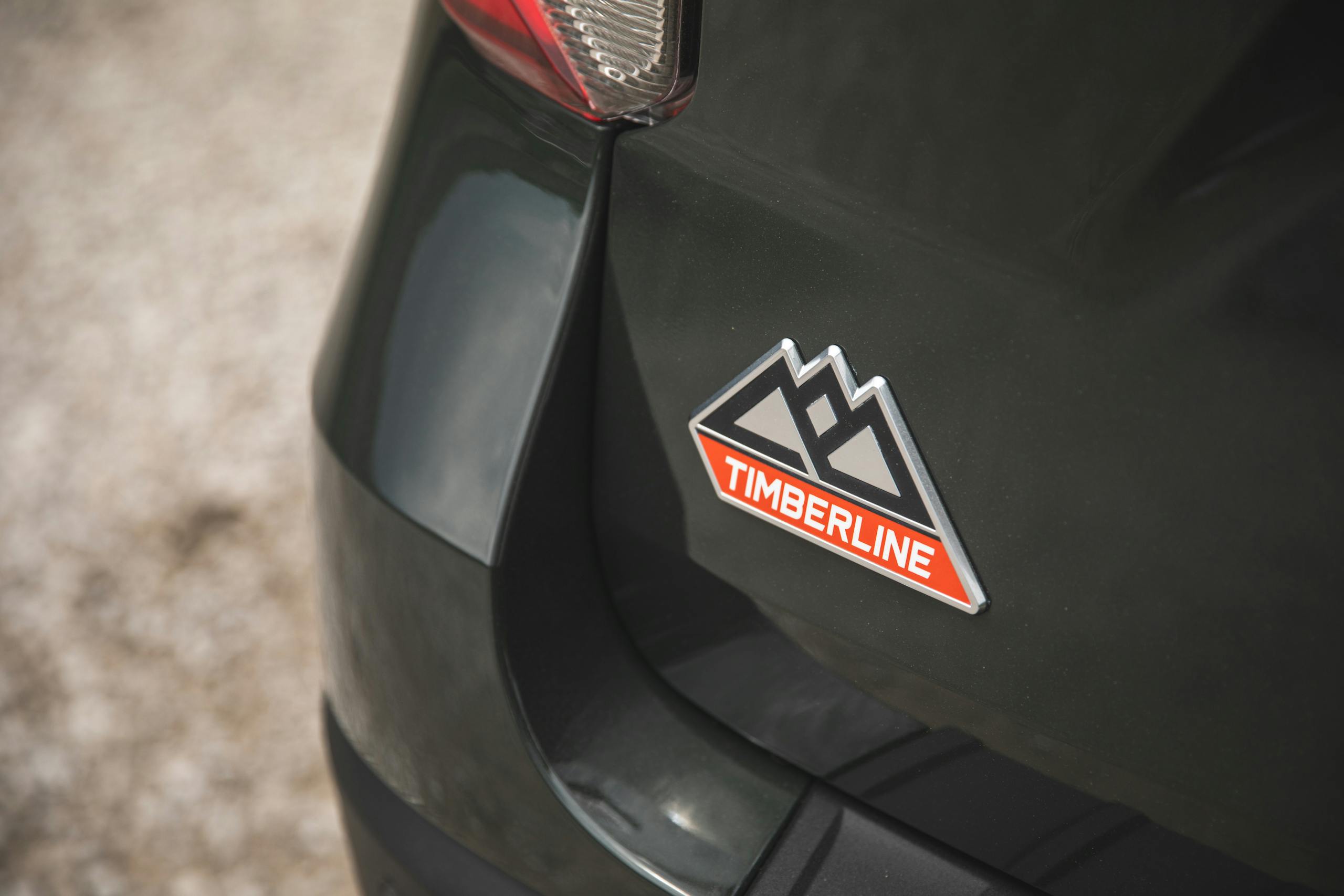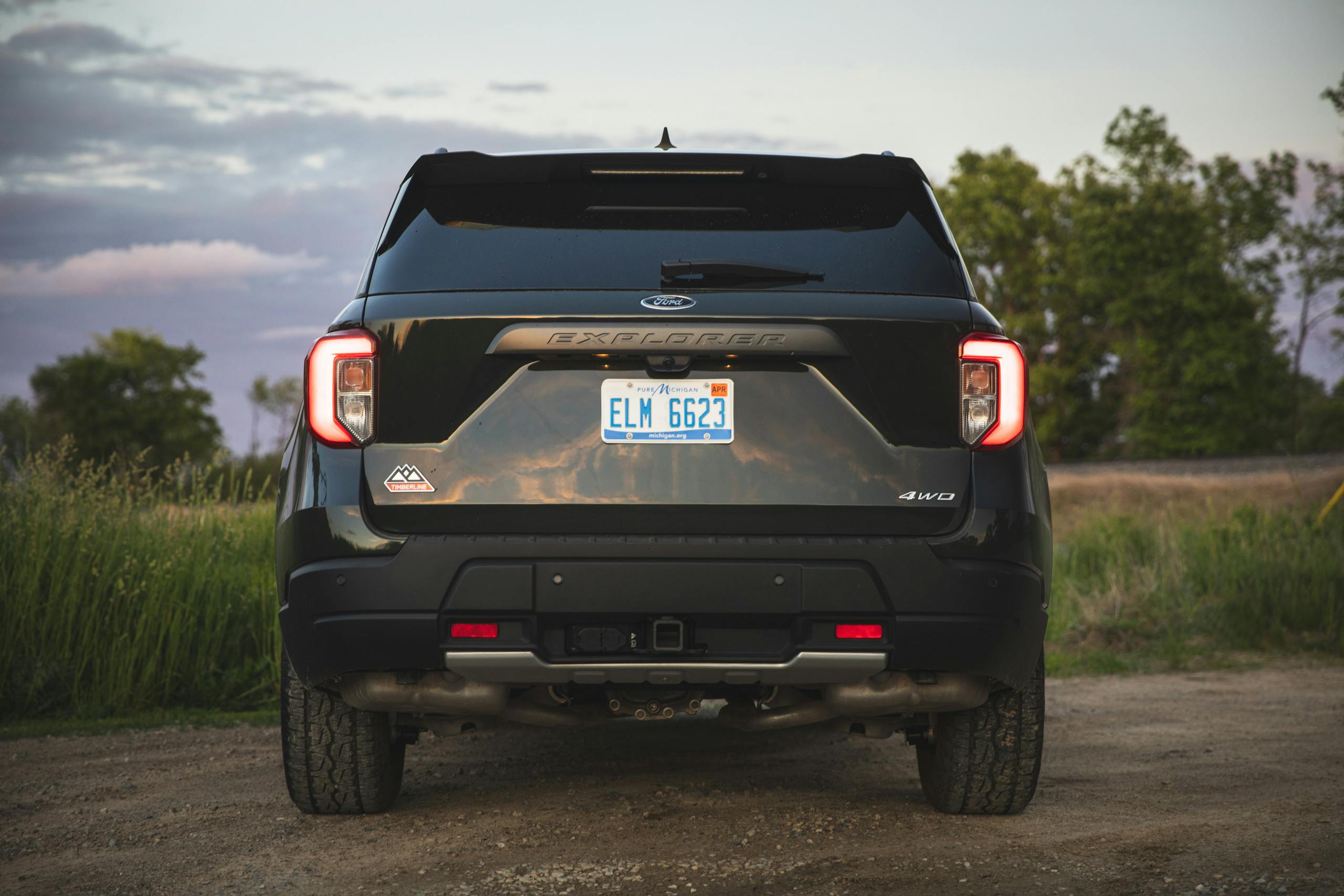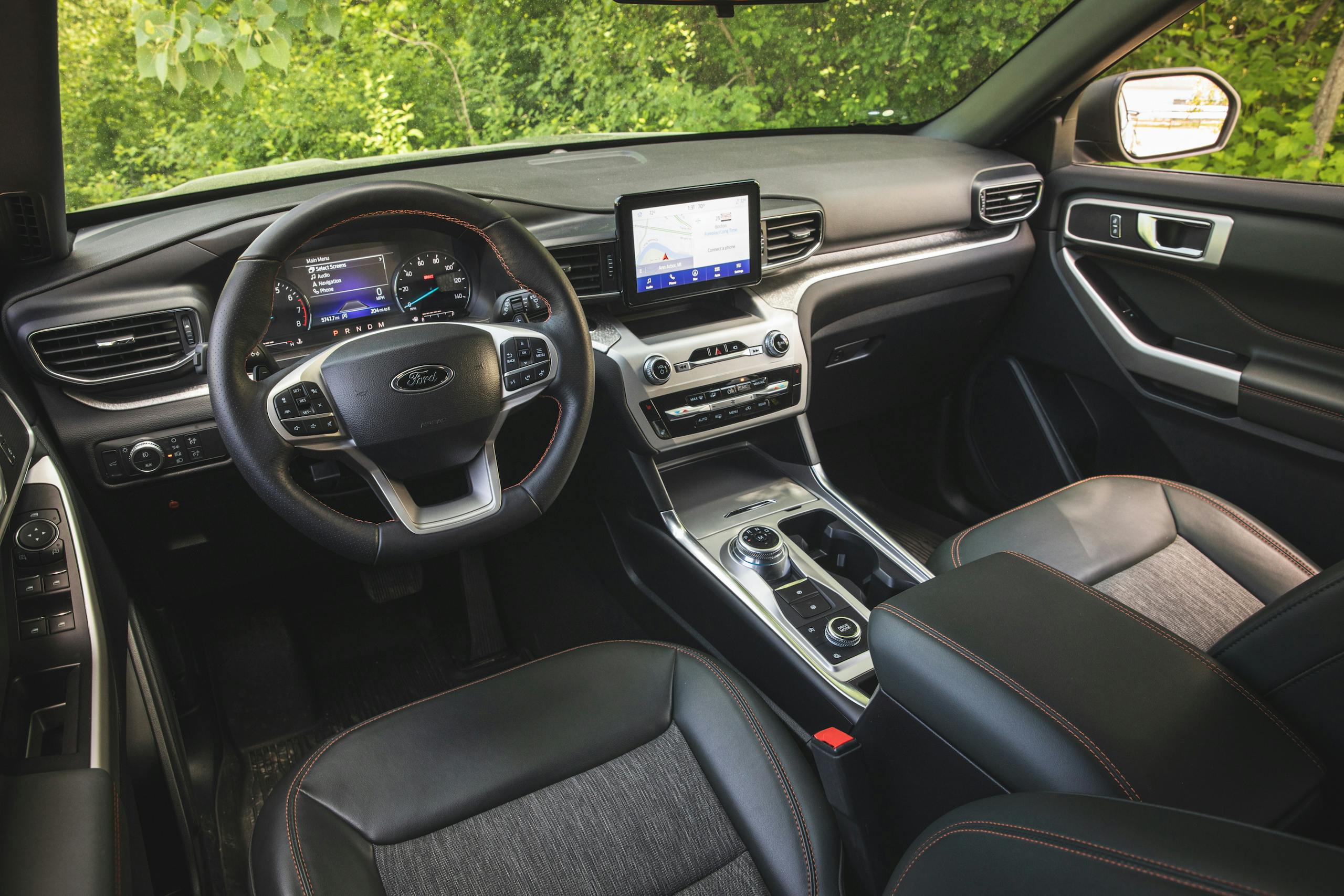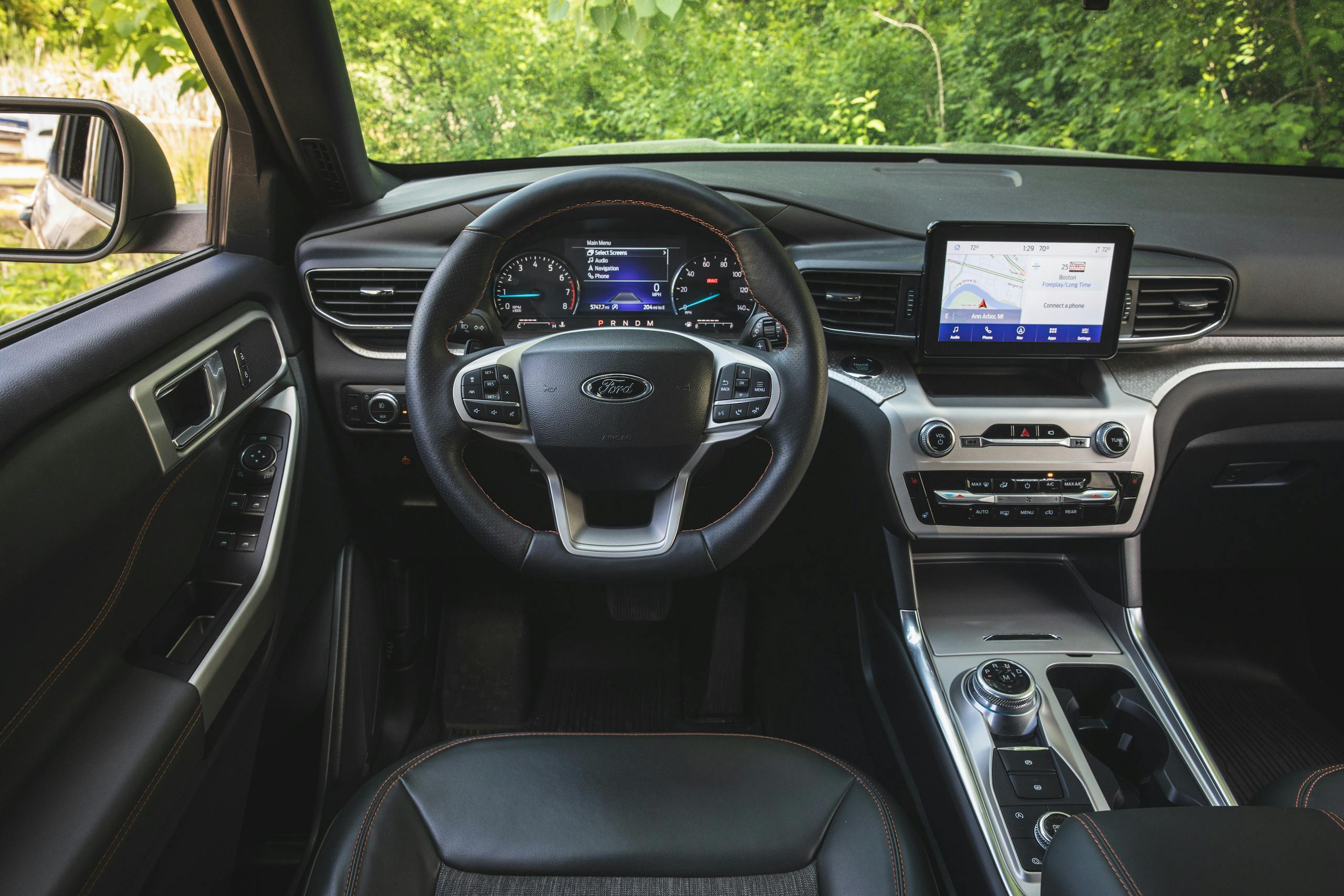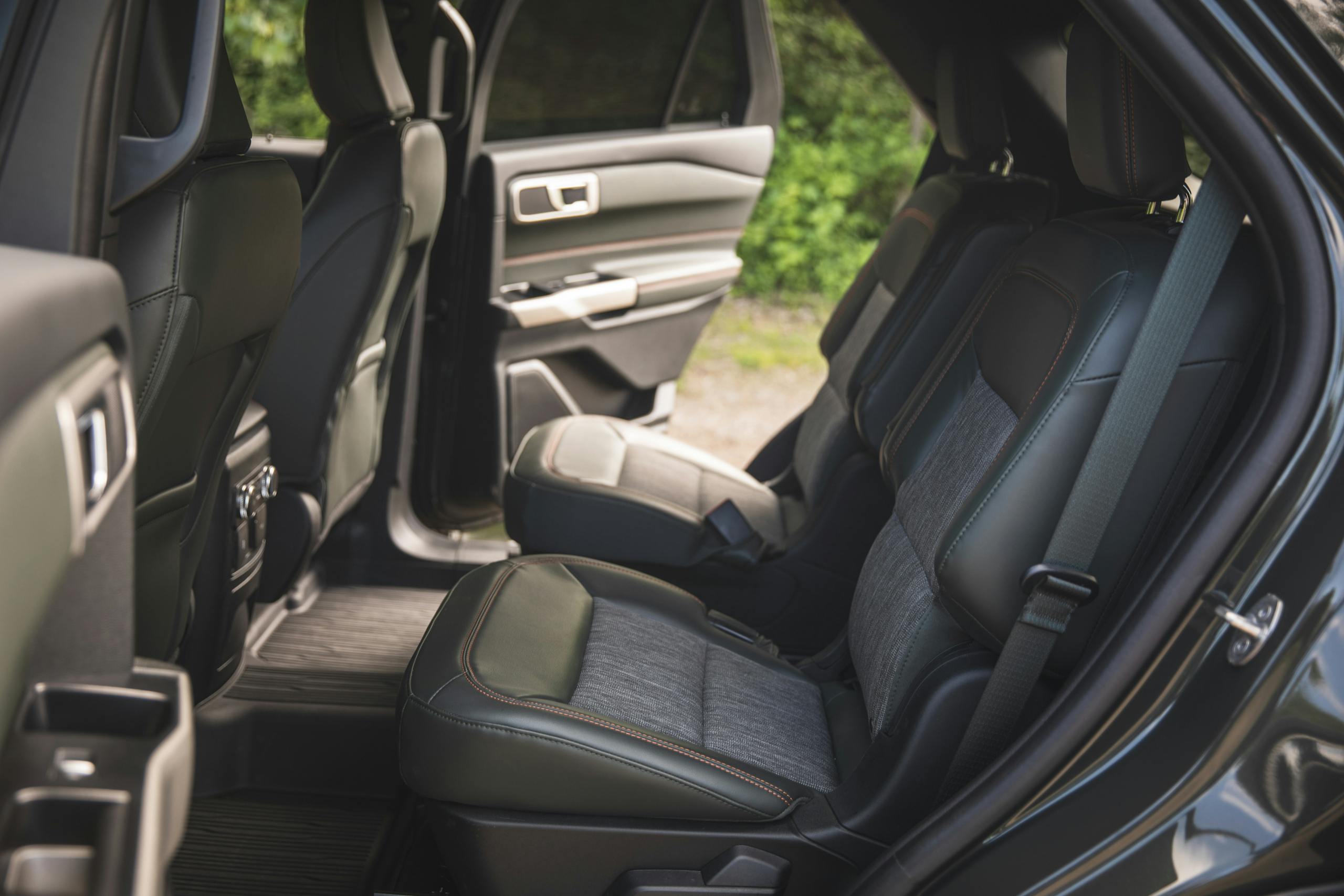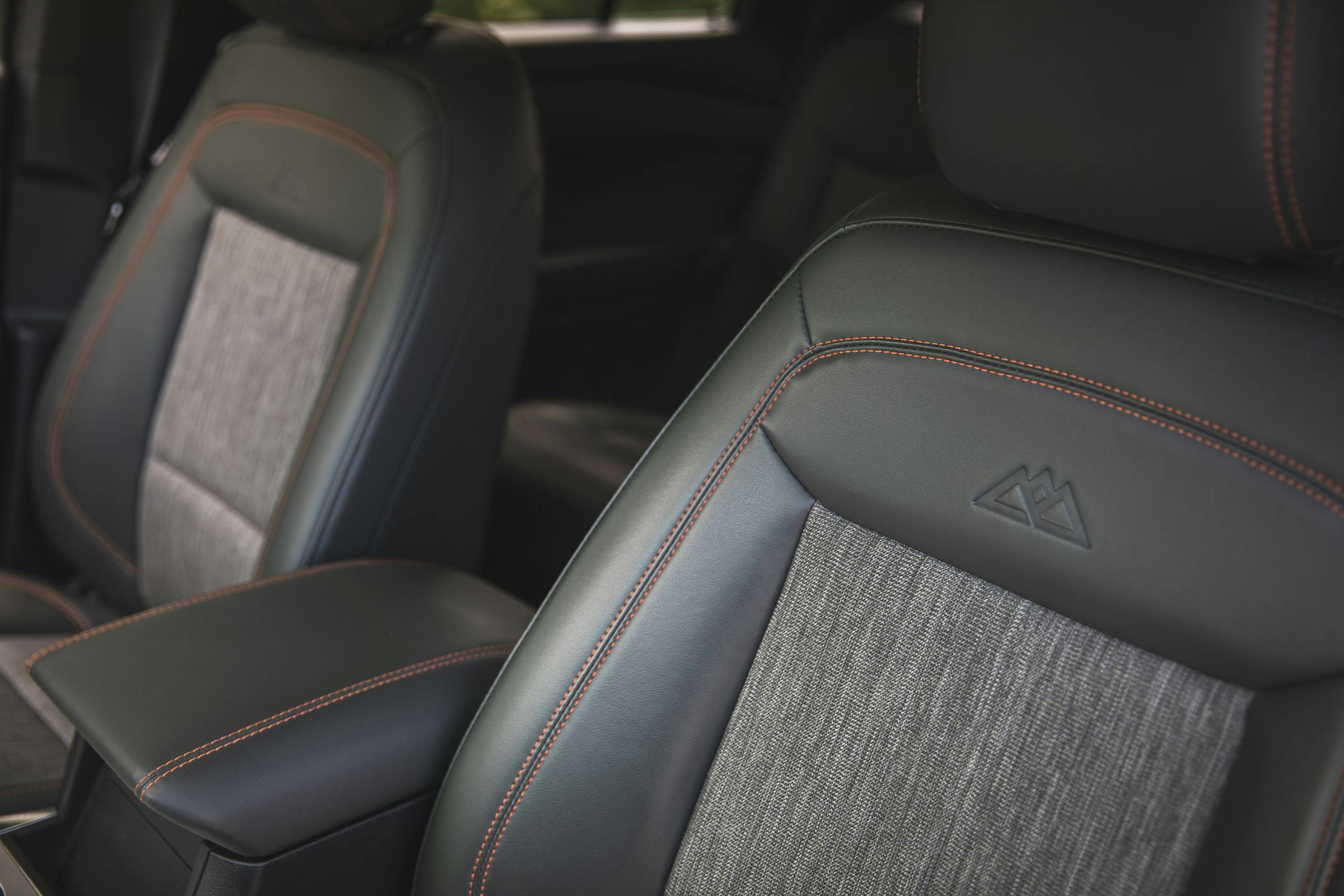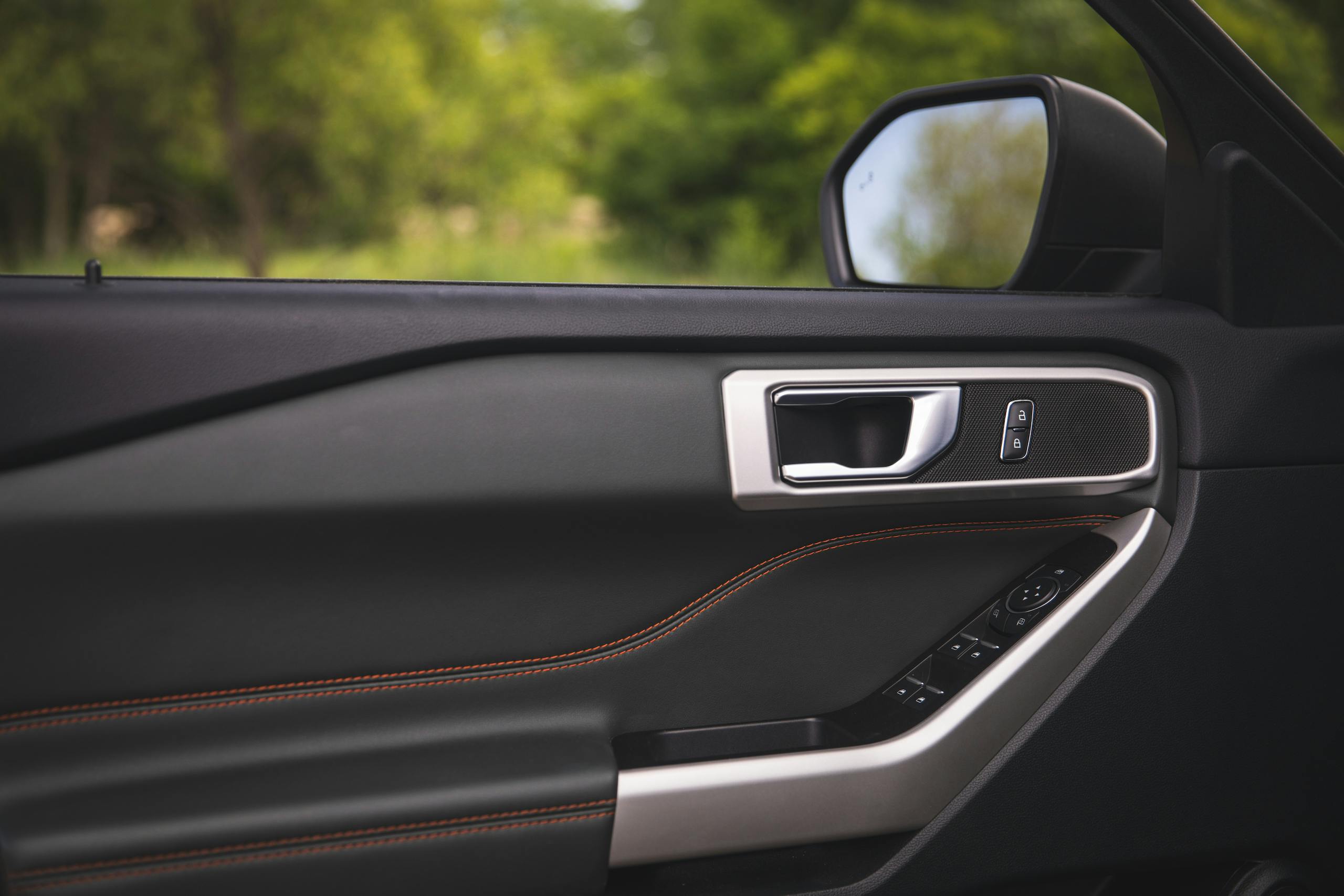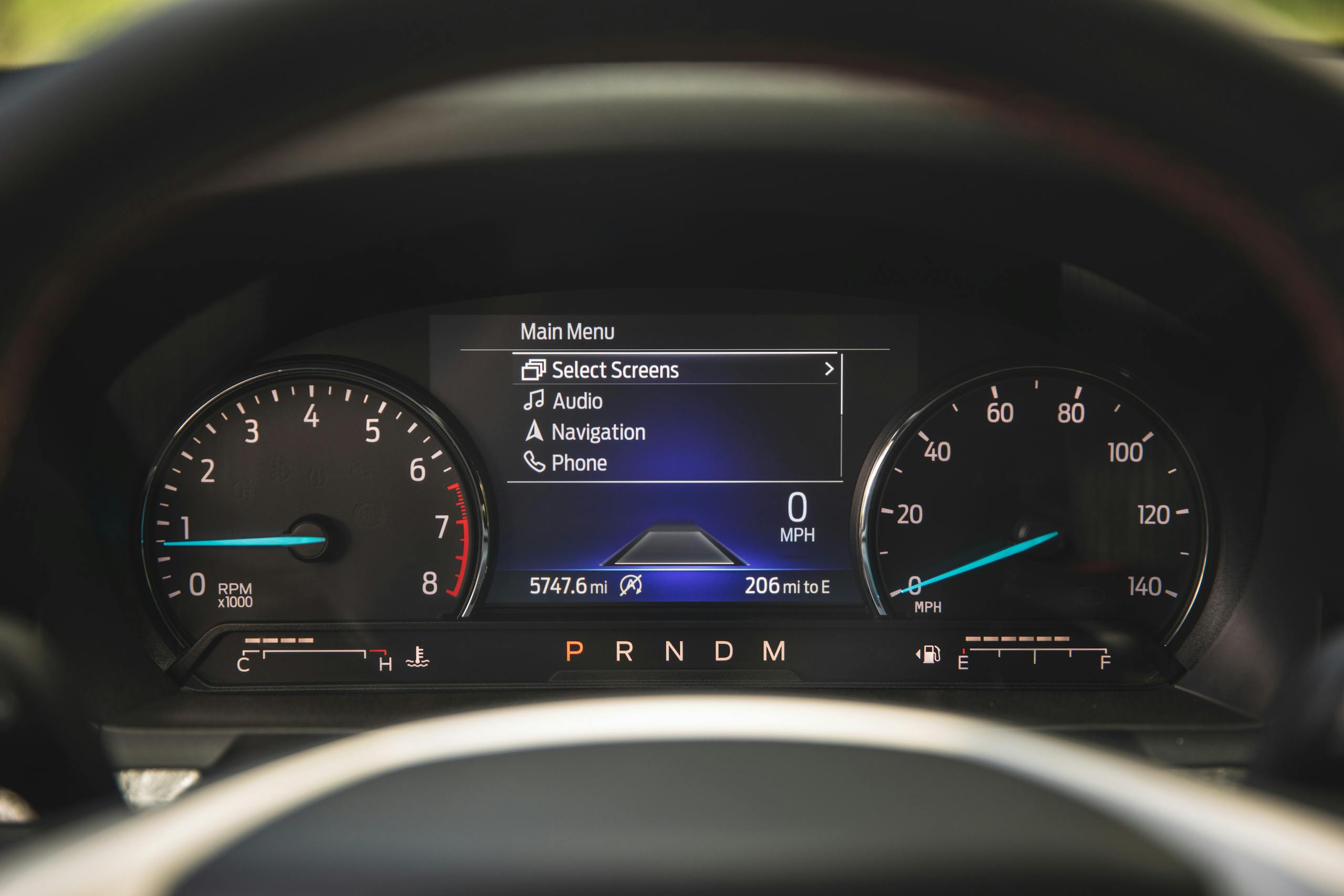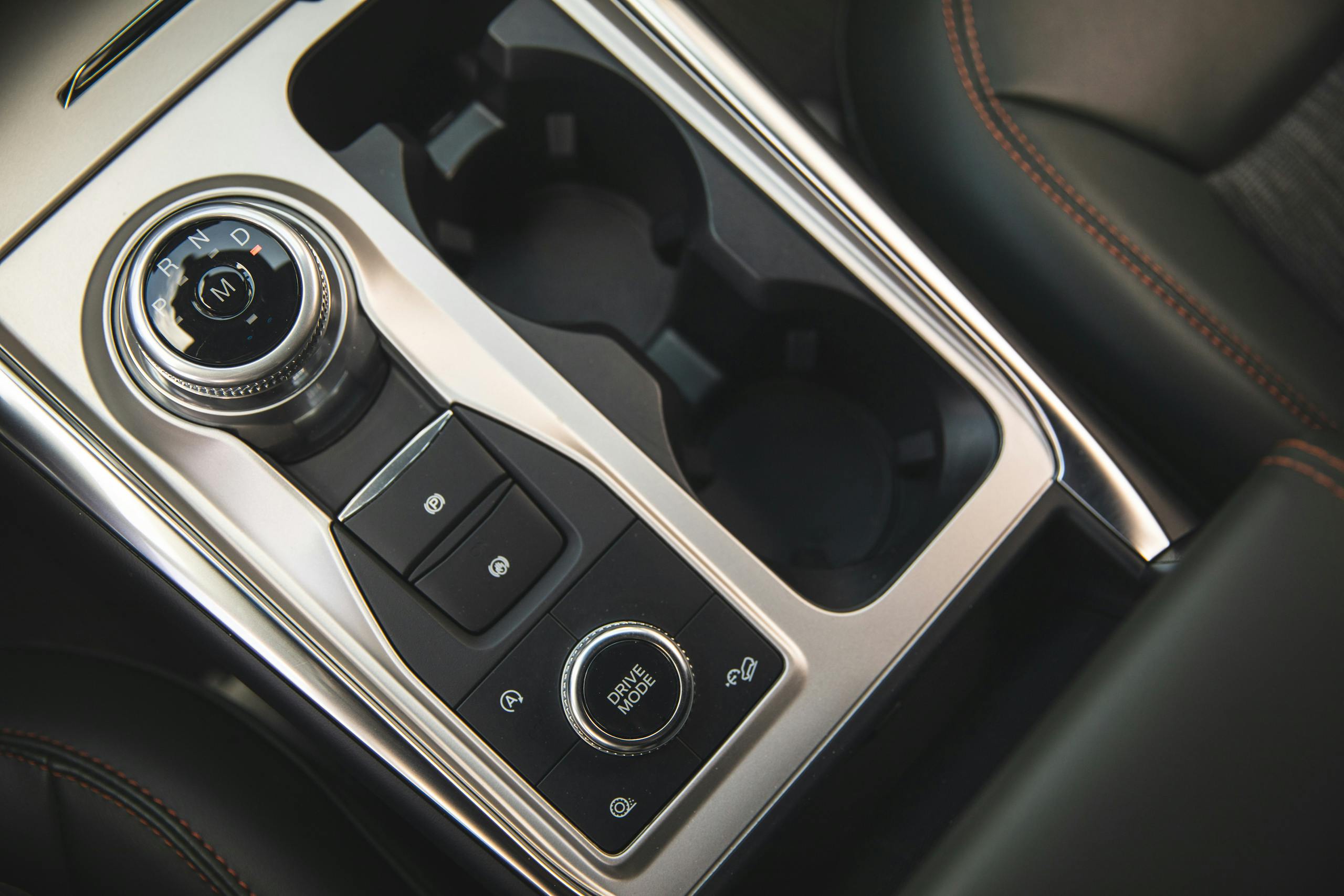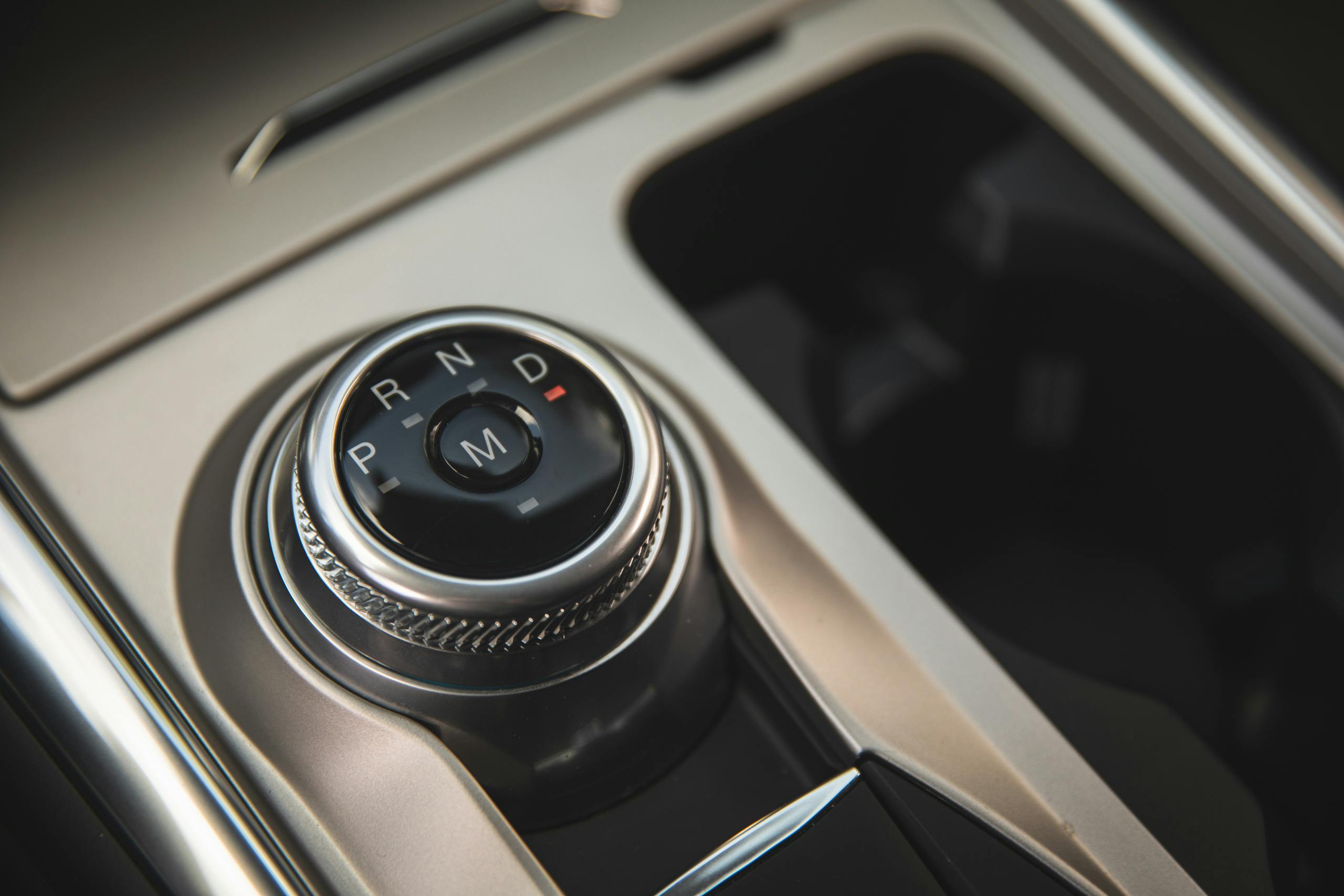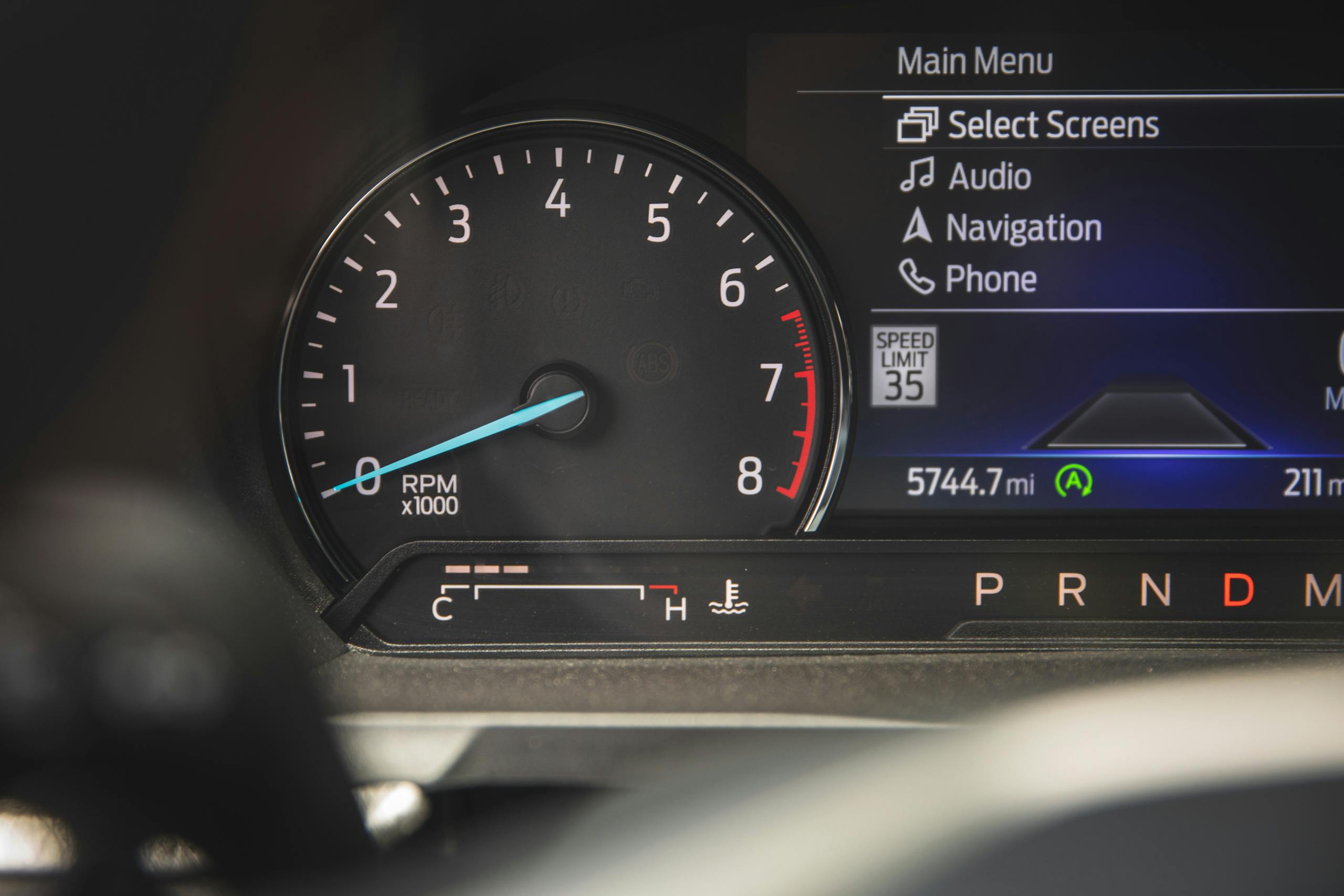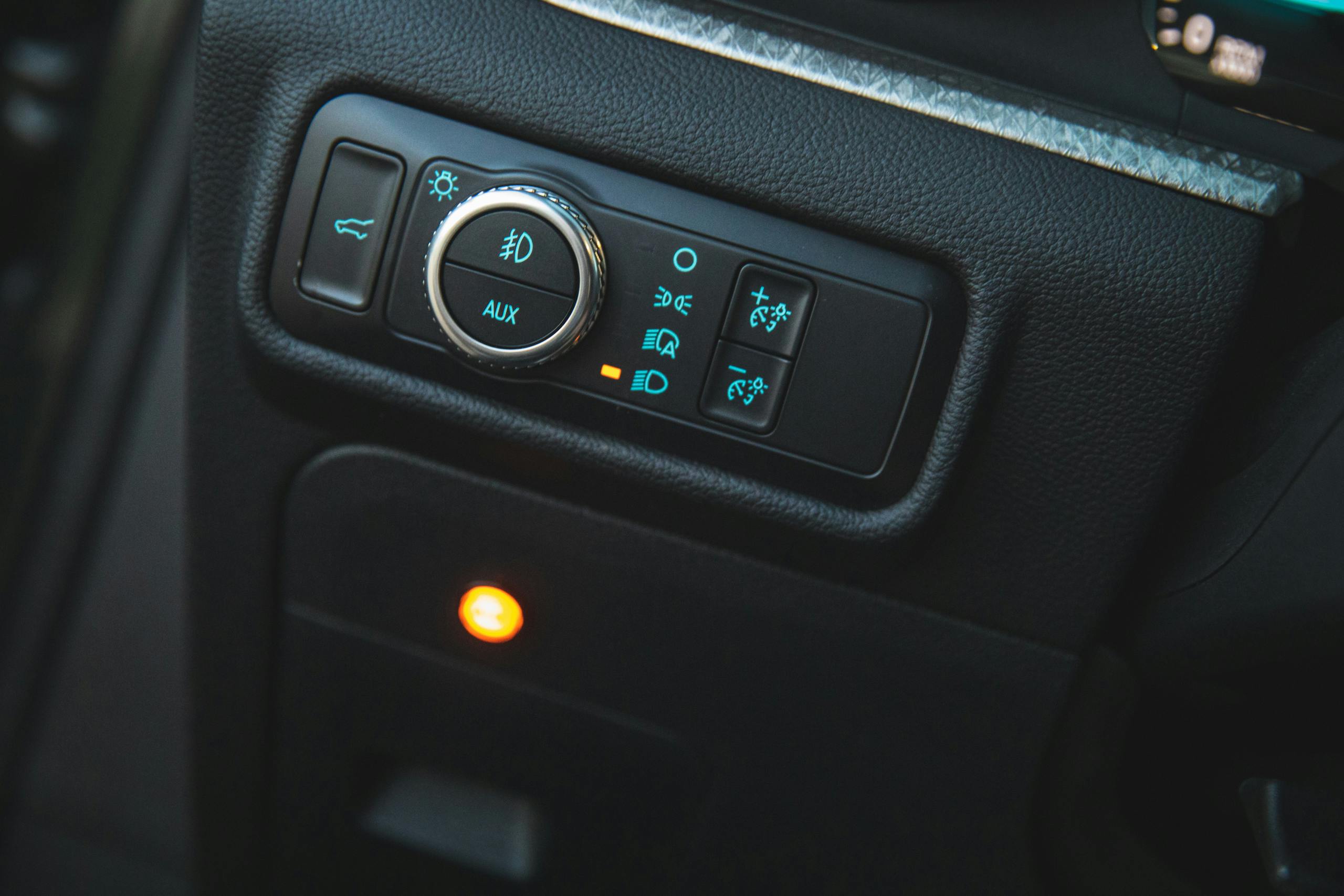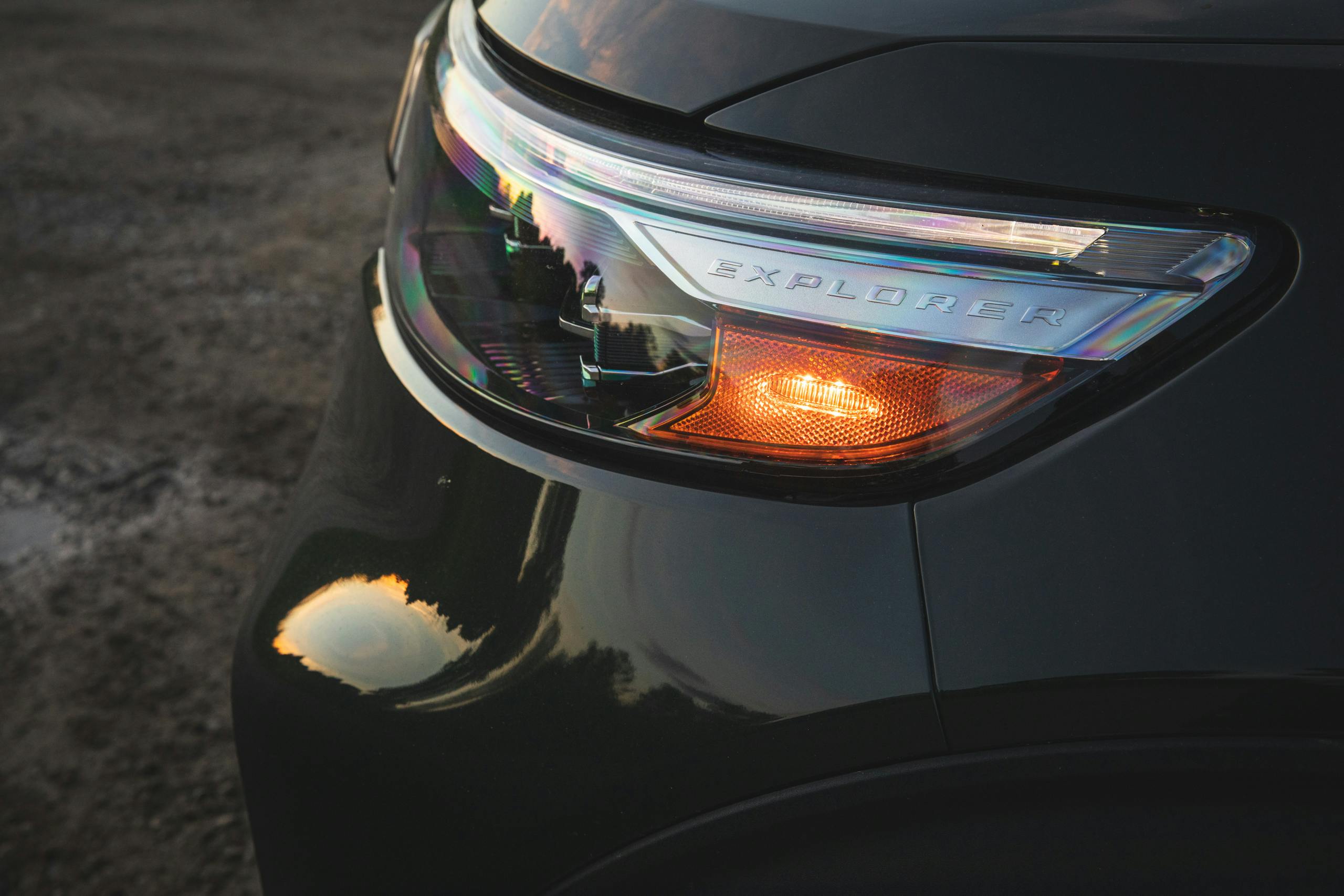Review: 2022 Ford Explorer Timberline
Despite the collector craze for 1990s vehicles and for off-roaders of all eras, early Ford Explorers remain something of a non-entity among car enthusiasts at large. Data from our valuation team tells us only a handful of people each month call Hagerty for insurance quotes on Explorers, and that they’re still worth only about five grand. Perhaps we can blame their ubiquity (an incredible 4 million of them sold between 1990 and 2001) in equal parts with their their ignominy (Ford was pressured to recall them all due to rollover risk involving Firestone tires).
The collective ambivalence toward them probably has more to do with the Explorer’s mission. Enthusiasts generally gravitate toward vehicles that optimize one quality, be it off-road capability, performance, style, or luxury. The Explorer, on the other hand, has always been about compromise. Unlike, say, the Toyota 4Runner or Nissan Pathfinder, it doesn’t possess gnarly off-roader origins; it was created with the explicit intent of tooling around the suburbs and once in a blue moon towing a boat.
Needless to say, that formula plays well with consumers: Street-going sport utility vehicles now dominate the market and the Explorer, Ford will happily tell you, is the best-selling SUV of all time. Yet it’s always left us cold. Until now, maybe. The 2022 Ford Explorer Timberline does the truck-y things the original Explorer—and pretty much all SUVs—merely pretend to.
Timberline, not to be confused with that other ageless 1990s phenom, Justin Timberlake, is an “overlanding” variant of the Explorer. It also serves as something of a flagship for the four-cylinder trims in the Explorer’s large and somewhat muddled lineup, sliding just under the V-6-powered ST at $47,540. As a three-row off-roader, it also fills a niche that the arch-rivals over at Jeep have yet to exploit (the Grand Cherokee Trailhawk is only offered in two-row guise). The Timberline borrows heavy-duty shocks from the Police Interceptor version of the Explorer, gains a half-inch of ground clearance, and has a Torsen limited-slip rear differential. The powertrain remains the 300-hp, 2.3-liter four-cylinder/10-speed automatic offered in base Explorers.

You can instantly identify the Timberline by its front and rear skid-plates, a horizontal bar across the grille (á la the Bronco and other “real trucks” in Ford’s stable), and satisfyingly knobby Bridgestone Dueler All-Terrain tires. The Explorer can pull off this getup thanks to its classic proportions. Following a stint on the Volvo-derived, front-drive D4 platform, the current Explorer, introduced in 2019, returned to its roots with a rear-drive platform and a longitudinal engine layout. That means a long hood and relatively short overhangs.
Ford let us test the Timberline’s capabilities at an off-road-vehicle park in Holly Oaks, Michigan. We immediately appreciated the “cop shocks,” which make the ride smooth and pliable and allow the wheels to articulate over the terrain. When that terrain becomes slippery, such as in loose gravel or on wet stone, the Torsen diff shines. So long as you abide by the age-old off-roader mantra of “slow as possible, fast as necessary,” traction is never a problem.

The vehicle’s sheer size, however, is a problem. Tighter trails will prove impassable. Yet even with the lift the Timberline remains quite low slung, with just 8.6 inches of ground clearance. The approach and departure angles will challenge even an experienced off-roader. For context, the Grand Cherokee Trailhawk boasts 11.3 inches of ground clearance. All to say, this Explorer’s skid-plates might prove uncomfortably handy. Like the SVT Raptor, this thing is most at home and most fun in faster, wide-open trails. Shift into deep sand and snow mode, and the stability control loosens enough for you to whip the tail around.
Also like the Raptor, the off-road enhancements actually improve the on-road driving experience. In particular, the combination of softer shocks and tires with actual sidewalls do wonders for ride quality. Neither do they detract noticeably from the steering, which is light but provides just the right about of feedback. Surround-view cameras, vital on the trail for spotting approaching or flanking hazards, also proved helpful when it came time to park this three-row beast.
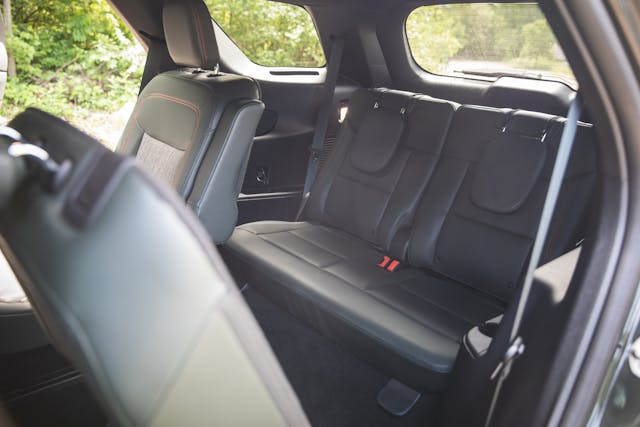
We thought we’d miss the Explorer ST’s turbo six-cylinder—and perhaps we would have had we driven them back to back—but around town, the four’s 310 lb-ft of torque felt plenty eager. Those inclined to look beyond the Explorer lineup might notice that the Grand Cherokee L comes standard with a V-6 that achieves similar fuel economy (21 mpg combined, for both) and has a higher towing capacity (6200 pounds versus the Explorer’s 5300 pounds). Also, with the Jeep you can still get a Hemi in all trims.
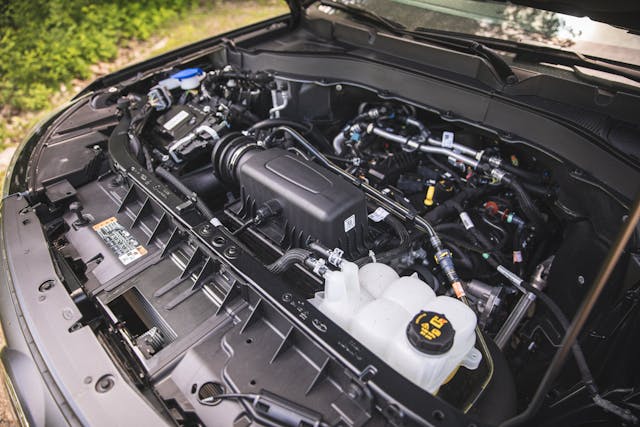

The Jeep also looms large in our imagination when we study the Explorer’s cabin. There’s nothing functionally wrong in the Ford—large knobs and a bevy of buttons complement an easy-to-read touchscreen. It’s also much easier to see out of than many large SUVs (particularly notable since the 2011–19 Explorer’s A-pillars created Big Bird-sized blind spots). And it’s roomy, as a near 17-foot long, three-row barge should be. Yet the materials, design, and overall ambiance feel a half step behind the last-generation Grand Cherokee, let alone the swanky new one. Customers will notice a considerable difference if they go from one test drive to the other.
Overall, though, the Timberline exudes a kind of charisma that has long—maybe always—been missing from the Explorer. Ford has spent much of the last fifteen years building off-road expertise and credibility, and it pays dividends in a three-row family vehicle that can actually feel fun.
***
2022 Ford Explorer Timberline
Price: $47,540
Highs: Looks like something that can go off-road (and actually can).
Lows: No V-6 engine option, charmless interior.
Summary: The Eddie Bauer Explorers were never this good.
